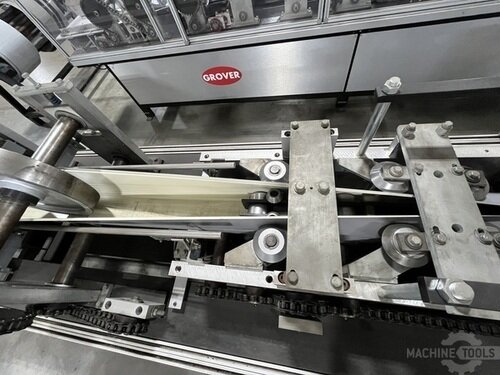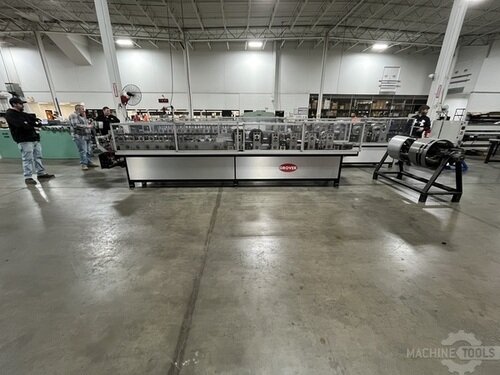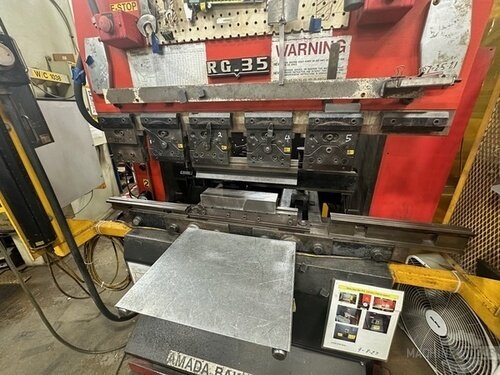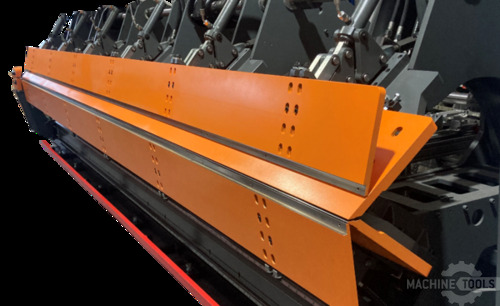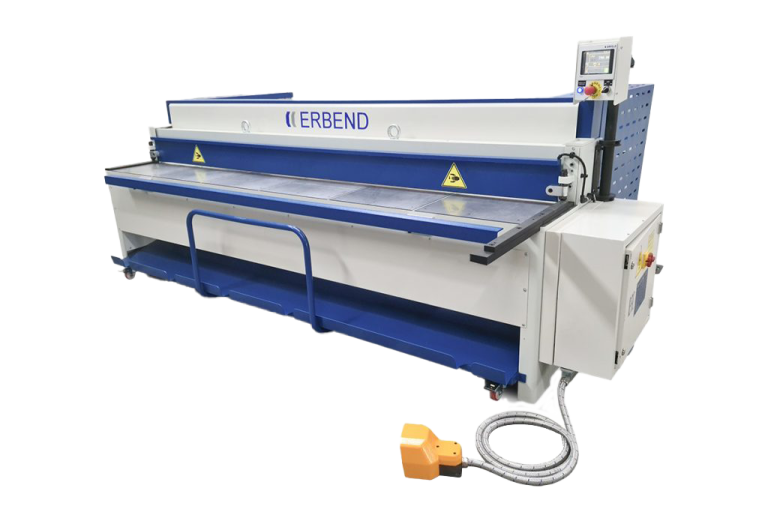Patrick (Pat) O’Neill here—my journey has taken me from the heart of southern Chicago’s metalworking tradition to serving as Regional Sales Executive at Mac-Tech. I’ve had the privilege of working side-by-side with owners and operators across the country, helping them modernize their fabrication lines and solve persistent production headaches. Whether you’re running a small roofing shop or a high-volume architectural metals operation, my approach is always customer-first: I listen, assess, and recommend the best equipment solutions for your unique needs. Over the years, I’ve seen firsthand how precision roll forming can transform downspout production—unlocking efficiency, quality, and profitability for businesses ready to move forward.
Leveraging Decades of Expertise to Identify Downspout Production Bottlenecks
Every downspout operation is different, but the bottlenecks are often surprisingly similar. From inconsistent material feed to outdated folders or unreliable shears, small inefficiencies add up quickly. I’ve spent decades on shop floors and in boardrooms, pinpointing these roadblocks and helping clients overcome them. My process starts with a thorough audit: we walk the line together, examining every piece of equipment—decoilers, slitters, roll formers, folders, and panel benders. I ask about your daily pain points: Are you losing time on manual adjustments? Is scrap piling up? Are you struggling to hit tight tolerances? By combining your on-the-ground experience with my technical know-how, we can map out a plan to maximize your downspout line’s potential.
Evaluating Coil-Fed Roll Forming Solutions for Enhanced Throughput and Reduced Waste
One of the biggest leaps in downspout manufacturing comes from shifting to coil-fed, automated roll forming lines. These systems feed material directly from the coil through slitters and into precision roll formers, drastically reducing handling time and material waste. I walk clients through the pros and cons of each option, from entry-level manual decoilers to fully automated servo-driven setups. The right solution depends on your volume, material mix, and available floor space. Automation not only boosts throughput but also ensures consistent part quality—critical for meeting customer specs and minimizing rework. If you’re still relying on manual feeds or legacy machines, the efficiency gains from a modern coil-fed line are often dramatic.
Optimizing Slitting, Forming, and Folding Processes to Meet Unique Fabrication Demands
Downspout production isn’t just about speed; it’s about getting the right finish and fit every time. Material control is crucial, especially when working with coated or pre-painted coils where scratches or misalignment can mean costly rejects. I guide customers through machine comparisons—whether you need a high-precision slitter to handle specialty alloys or a folder with advanced tooling for custom profiles. Servo-driven folders offer tighter bend tolerances and faster cycle times compared to traditional hydraulic systems. When it comes to forming, the right roll tooling and quick-change setups can make all the difference, especially for shops handling frequent product changeovers.
GROVER 5400 AX
Upgrading Equipment for Superior Speed, Precision, and Return on Investment
Upgrading isn’t just about having the newest technology—it’s about making investments that pay you back in productivity, quality, and lower labor costs. Whether you’re considering a new double folder, a combi-beam folder for greater flexibility, or a high-speed roll former, I help clients run the numbers. We look at cycle times, scrap rates, maintenance requirements, and operator training. Often, a modest upgrade—like adding an automated shear or a smarter material handling system—can yield significant ROI within the first year. I also help clients plan for the future, making sure your line is scalable as your business grows.
Real-World Results: Success Stories in Downspout Efficiency from Pat O’Neill’s Clients
One recent client, a Midwest gutter and downspout fabricator, was struggling with inconsistent seam quality and excessive scrap. After a comprehensive review, we upgraded their manual folders to servo-driven models and integrated a coil-fed roll former with automated slitting. The results were immediate: throughput increased by 35 percent, scrap dropped by half, and labor requirements decreased, freeing up skilled operators for other value-added tasks. Another roofing supplier in the Southeast saw similar gains after adding a high-speed panel bender and a quick-change tooling system—allowing them to offer more custom profiles with shorter lead times.
Frequently Asked Questions
When is the right time to upgrade a roll former or folder?
If you’re experiencing frequent downtime, rising maintenance costs, or can’t meet current demand without excessive overtime, it’s time to consider an upgrade. I always recommend a cost-benefit analysis based on your specific production data.
How do servo-driven folders compare to hydraulic systems?
Servo-driven folders deliver faster cycle times, greater accuracy, and lower energy consumption. They’re also easier to program for complex bends, making them ideal for custom downspout and gutter profiles.
What’s the difference between a combi-beam and double folder?
A combi-beam folder gives you the flexibility to switch between straight and radius bends quickly, while a double folder is designed for maximum throughput on symmetrical parts. The best choice depends on your product mix and required flexibility.
What are signs a roll forming line is no longer cost-effective?
If your scrap rate is climbing, operators are constantly troubleshooting, or you’re losing business because you can’t meet lead times, your line may be due for an upgrade. I can help you evaluate the numbers and explore the best options.
Can automation help reduce labor and training costs?
Absolutely. Automated material handling, feeding, and forming not only cut labor hours but also minimize the training required for new operators. This is especially valuable in today’s tight labor market.
How do I know which machine upgrade will give me the biggest ROI?
I work with clients to analyze production bottlenecks and cost drivers. Sometimes a targeted upgrade—like an automated shear or smarter control system—delivers a faster payback than a complete line replacement.
If you’re ready to tackle your downspout production challenges and boost your bottom line, let’s connect. I’m always happy to provide a hands-on walkthrough, arrange a demo, or put together a detailed upgrade quote tailored to your shop’s goals. Reach out to me directly at pat@mac-tech.com or 414-232-7929, or fill out the form below to get started.
Get Weekly Mac-Tech News & Updates

